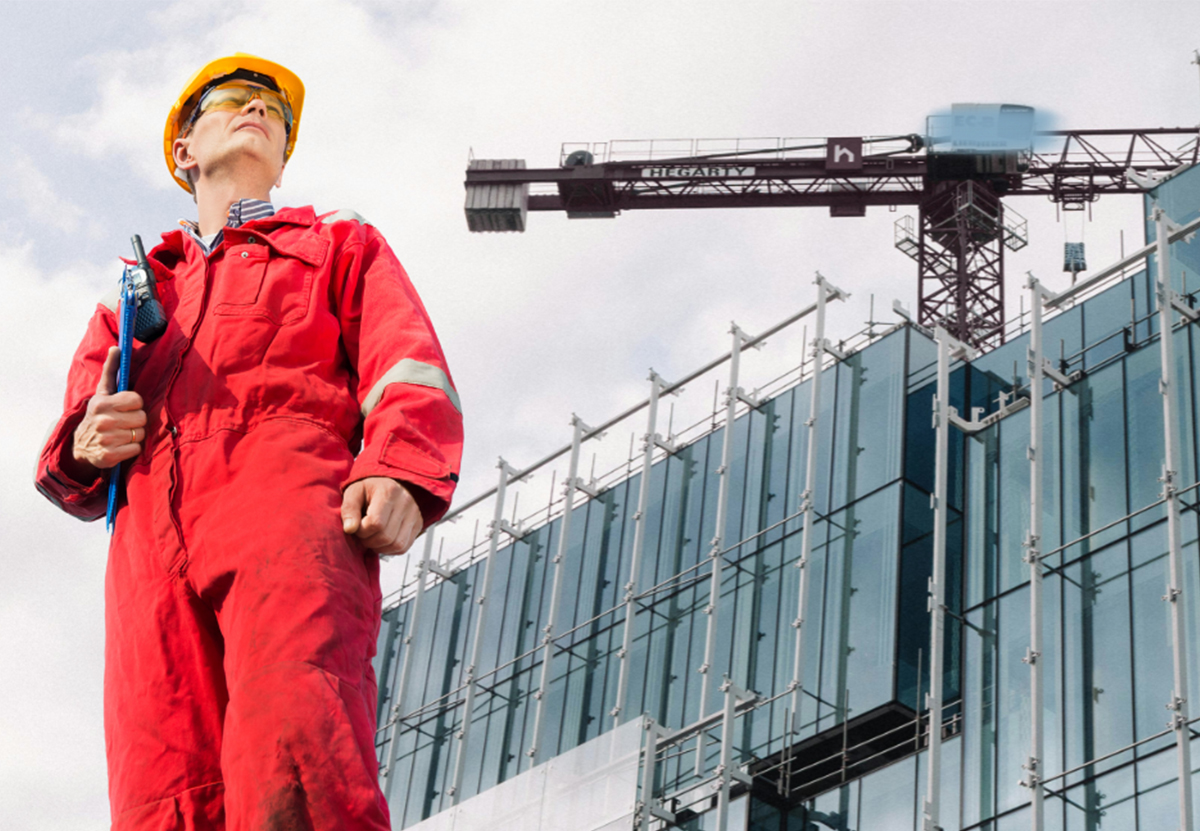
In the world of real estate and construction development, even the smallest oversight in a mechanical system can snowball into expensive mistakes that derail timelines, inflate costs, and strain long-term performance. But why do these engineering mistakes happen in the first place? And more importantly—how can developers avoid repeating the same lessons learned from past projects?
Mechanical design may sit behind walls and above ceilings, but its impact is anything but hidden. From comfort and efficiency to compliance and operating expenses, the mechanical backbone of a building shapes the entire user experience. Yet many of the most costly errors stem not from complexity alone, but from assumptions, rushed decisions, and gaps in early planning.
As you explore this guide, you’ll uncover the real issues that drive mechanical design failures—and gain practical insights to help you protect your investment, streamline collaboration, and build smarter from day one. Whether you’re a developer, project manager, or design professional, this is your chance to stay ahead of the pitfalls and make informed choices that pay off long after the project is complete.
Inadequate Early-Stage Planning
When mechanical systems fail later in construction, it’s rarely because of one catastrophic decision. More often, it’s the quiet engineering mistakes made during early planning—choices that seem harmless at first but later snowball into major costs and coordination issues. If you’ve ever looked back on a project and wondered, “How did we miss this?”, you’re not alone. Early-stage oversights are some of the most common (and avoidable) errors developers face.
A strong start isn’t just helpful—it’s essential. Here’s where early planning breaks down, and how better project management can keep your development on track:
Misaligned Mechanical Design With Architectural and Structural Layouts
One of the biggest pitfalls early on is assuming mechanical layouts will “fit” later. Without clear coordination, you risk:
- Ductwork clashing with beams
- Mechanical rooms sized too small
- Equipment without proper access or clearances
These issues lead to design revisions, schedule delays, and construction rework—all of which increase project costs that could’ve been prevented with upfront alignment.
Overlooking Future Scalability and Tenant Needs
Ask yourself: Will this building’s mechanical systems still make sense five or ten years from now?
Failing to plan for Scalability often forces developers to retrofit systems prematurely—an expensive and disruptive process. Designing with flexibility in mind ensures:
- Smooth tenant turnover
- Easier system expansion
- Adaptability to evolving technology and energy standards
Incomplete Load Calculations Leading to Under- or Over-Sized Systems
It’s tempting to rely on rough estimates during early design, but inaccurate load calculations are a fast track to long-term problems. Oversized systems waste energy; undersized systems strain performance and reduce lifespan. Both scenarios stem from the same root: insufficient early analysis.
This is where strong project management shines—ensuring every assumption is verified and every variable accounted for.
Failure to Conduct Thorough Site Condition Assessments
Skipping detailed site analysis may save time in the moment, but it often introduces hidden complications later. Common issues include:
- Unexpected utility constraints
- Poor ventilation pathways
- Environmental conditions impacting system performance
A well-executed site assessment minimizes surprises and keeps your mechanical design grounded in real-world conditions, not assumptions.
Early-stage planning is your first line of defense against downstream expensive mistakes. With a deliberate approach and attention to detail, you can dramatically reduce risk, improve coordination, and set every stakeholder up for a smoother, smarter build.
Key Takeaways
Early-stage mechanical planning isn’t just a technical step—it’s a strategic investment. By addressing potential engineering mistakes before they surface, you protect your project from unexpected costs, redesigns, and schedule setbacks. Strong coordination, accurate load analysis, and thoughtful project management form the backbone of a system that performs well today and adapts seamlessly tomorrow. The fewer assumptions made at the start, the fewer expensive mistakes you’ll face along the way.
If you’re aiming for smarter, more resilient development, now is the time to prioritize proactive planning and cross-disciplinary alignment. Consider partnering with experts who can guide your mechanical strategy from concept through execution—because the strongest projects start with clarity, not corrections.
